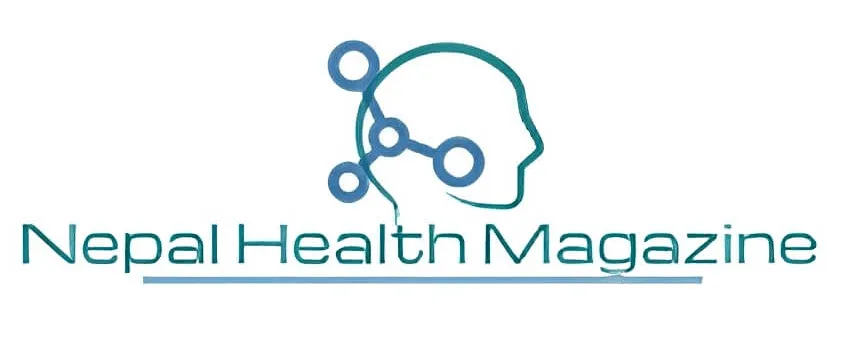Syndromic screening for COVID-19 of travellers crossing land borders | Scientific brief | WHO : In the context of the COVID-19 pandemic, some countries have been performing syndromic screening of travellers who cross land borders. Methods include screening for fever and respiratory or other symptoms, observation and completion of health declaration forms. This strategy has been used by some countries before the emergence of COVID-19 for other communicable diseases including Ebola virus disease, respiratory infections such as pandemic H1N1 and plague. There are questions about whether syndromic screening can be effective for controlling the spread of COVID-19 among travellers crossing borders via land because unlike air travellers they make crossings as frequently as daily. They include commuting workers, market salespeople, students, people seeking health care and those visiting family members, among others, Communities neighbouring land borders are often very closely connected by economic and social activities and family ties.
They also include migrants and refugees, whose reasons for crossing borders are often different than that of most air and marine travellers, though no study included in this scientific brief referred to them. The issue of informal ground crossings and porous borders adds complexity to the assessment of the effectiveness of any intervention used to control the spread of COVID-19 and other infectious diseases including in the context of humanitarian crisis. Purpose of this document This document, which is targeted at public health and border crossing policy makers, evaluates available scientific evidence regarding the efficacy of syndromic screening to prevent or limit the spread of COVID-19 at land borders and international river crossings.
Major Findings for Syndromic screening for COVID-19 of travellers crossing land borders | Scientific brief | WHO
WHO finds that there is a lack of evidence to support syndromic screening for COVID-19 with the aim of preventing transmission of SARS-CoV-2 at entry or exit among travellers at land borders. It is important to note that unstructured and informal crossing points where administrative controls such as health, customs, immigration authorities are not present, (unlike at ports or airports) – allow travellers to avoid check points by crossing borders via informal routes and this adds complexity to the assessment of effectiveness of the intervention. Considering the unpredictability of the transmission behaviour of SARS-CoV-2 variants, the overall effectiveness of syndromic screening efforts may vary from country to country.
Screening may deliver a false sense of security to travellers and neighbouring communities. Communication between countries/states/territories is important for the appropriate interpretation and use of screening results though this is sometimes challenging because countries usually have their own rules for cross border information sharing. Therefore, this requires considerable efforts to coordinate in between countries concerned. It is unclear whether syndromic screening has an impact on health equity, equality and non-discrimination.
People experiencing disability may be disproportionately impacted by syndromic screening at land crossings, which may cut them off from healthcare services they require across the border or from caregivers who may reside across borders. It is unclear whether the balance between desirable and undesirable societal implications favour syndromic screening. There is a need for research on the effectiveness/success of syndromic screening versus testing, quarantine and other public health and social measures or syndromic screening coupled with other health measures. To obtain more evidence on the financial and societal impact of syndromic screening, further studies would be required. This is also the case for feasibility within health systems, which may differ by the phase of epidemic and the capacities of health systems.
- Webinar on World Hand Hygiene | Register today
- World’s First 5-in-1 vaccine against meningitis | Men5CV
- World Health Worker Week 2024 | Know theme
- World Autism Awareness Day 2024 | Know theme
- Staff Nurse | OCH | latest jobs vacancy 2024
- World Hepatitis Summit 2024 | WHO
- Staff Nurse | TLMN | ngo jobs 2024
- World Health Day 2024 | Know theme
- Measuring access to assistive technology in Nepal | Country Report
- Migration Health Nurse | IOM | ingo jobs
- Nursing Officer | Kopila Valley | nursing jobs 2024
- Benefits and risks of using artificial intelligence for pharmaceutical development and delivery | WHO
bachelor jobs bph jobs covid19 health health for all health guidelines new health jobs healthjobs healthjobs in nepal health jobs vacancy health public health update ingo jobs jobs after passing bachelor jobs for bph jobs in nepal jobs in ngo ngo jobs ngo jobs vacancy ngo jobs vacancy for bph ngo job vacancy 2021 nurse jobs nurse jobs 2021 nurse vacancy nursing insurance nursing job nursing jobs nursing jobs 2021 nursing jobs in nepal nursing law nursing officer Nursing Vacancy Public health Public health concern public health important days Public health in Nepal publichealth jobs public health updated Staff Nurse Staff Nurse and HA Vacancy | Nepal Army 2021 staff nurse vacancy staff nurse vacancy in ngo 2021 nepal staff nurse vacancy kathmandu who guidelines WHO official

Hey there, I am Nirdesh Baral, founder of Nepal Health Magazine. I am a Tech geek by passion , Public health practitioner by profession and an Ailurophile by heart and a patriot by birth



